20 “American” Traditions We Totally Stole from Other Cultures
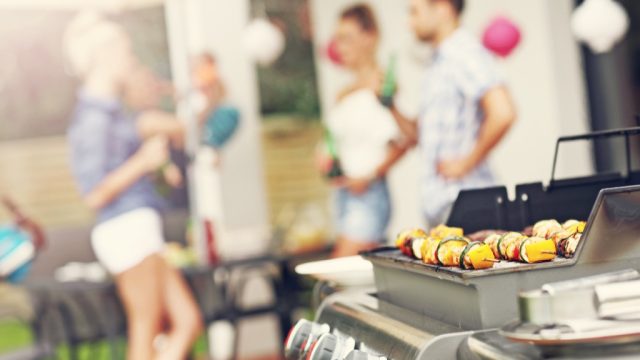
America is a country rich in tradition. But what a lot of us don’t realize is that many of the traditions for which we’re super proud aren’t even ours to begin with. Take our holy “American” cuisine of barbecue. Did you know that actually begins with the Spanish? Also, did you know that “the Star-Spangled Banner” was originally written by a British man? And what about the fact that our time-honored tradition of watching parades actually begins in Europe? True story! For those and more, read on. And for more about our favorite traditions, know that these are the 20 American Summer Traditions That Foreigners Will Never Understand.
1
Eating Apple Pie
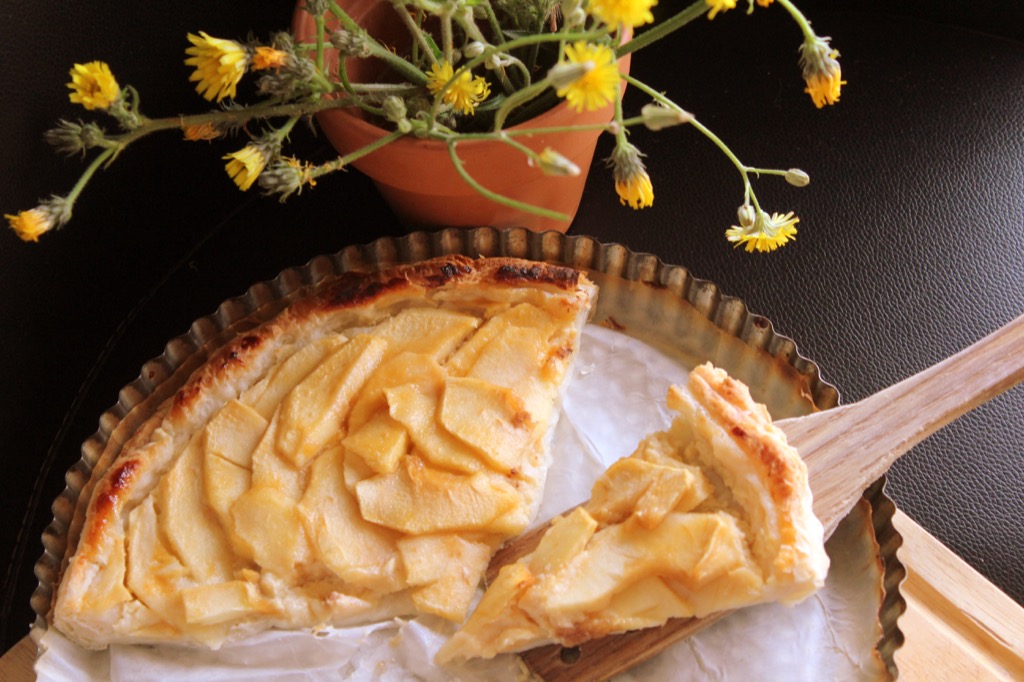
What’s more American than apple pie? A lot of things, in fact, since this classic baked treat is not actually American. English apple pie recipes date back to the time of Chaucer. To be fair, these “apple pies” were baked in straight-sided, free-standing crusts—and in many cases didn’t even include sugar, so it was different than the pies that Americans celebrate today, but still close enough to be recognizable.
2
Standing for The Star-Spangled Banner
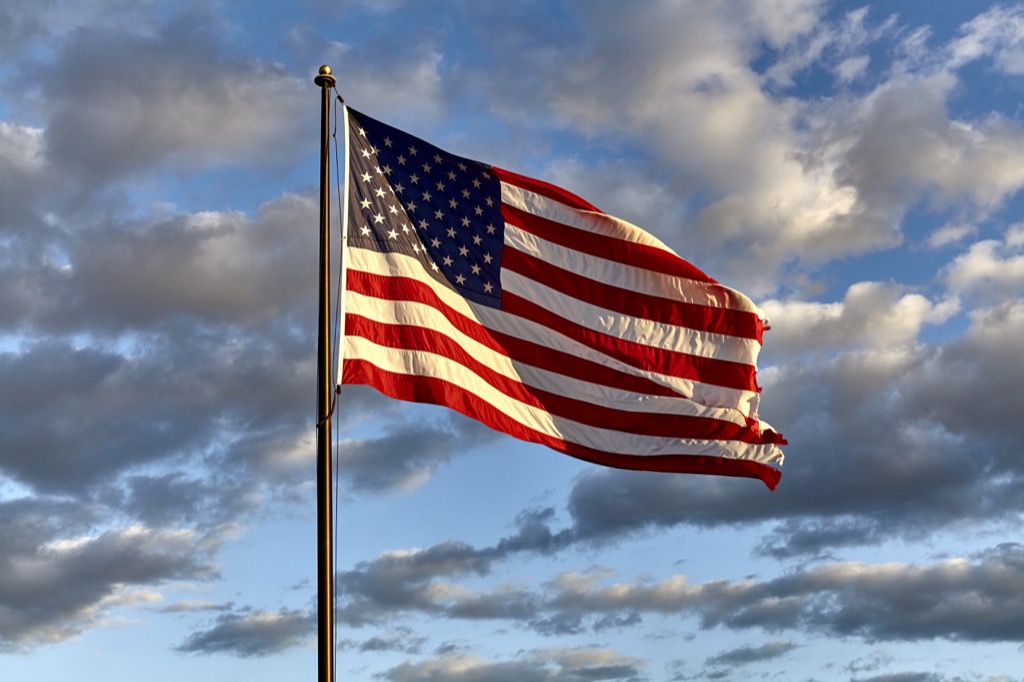
Our most patriotic song is set to the tune of a song about a Greek poet and written by a British composer. When Francis Scott Key wrote his poem on which the song would be based, he imagined it would be sung to the tune of “The Anacreontic Song,” by London-based writer John Stafford Smith, who composed it around 1775 for a gentlemen’s music club, with lyrics all about an ancient Greek poet who praised love and wine. Crazy, right? And for more great facts about our history, check out The 30 Craziest Things U.S. Presidents Have Done.
3
Eating Hot Dogs

No Fourth of July picnic or baseball game would be complete without them, but they are simply reinterpretations of the classic German staples the wiener or frankfurter, given an American twist by the Polish immigrant Nathan Handwerker, who created his own recipe—complete with ketchup—which he sold for cheap at Coney Island.
4
Observing Democracy

Sure, Americans came up with a few innovative applications when setting down the Constitution for the new country in the late 18th century, but these were hardly new ideas. The idea of giving people more freedom in governing themselves dates back at least to the ancient Greek thinker Cleisthenes, whose ideas paved the way for Athens first democratic constitution. While these early forms of democracy might seem more constraining than ours today, it was what set the model for the modern “rule by the people.”
5
Playing Baseball
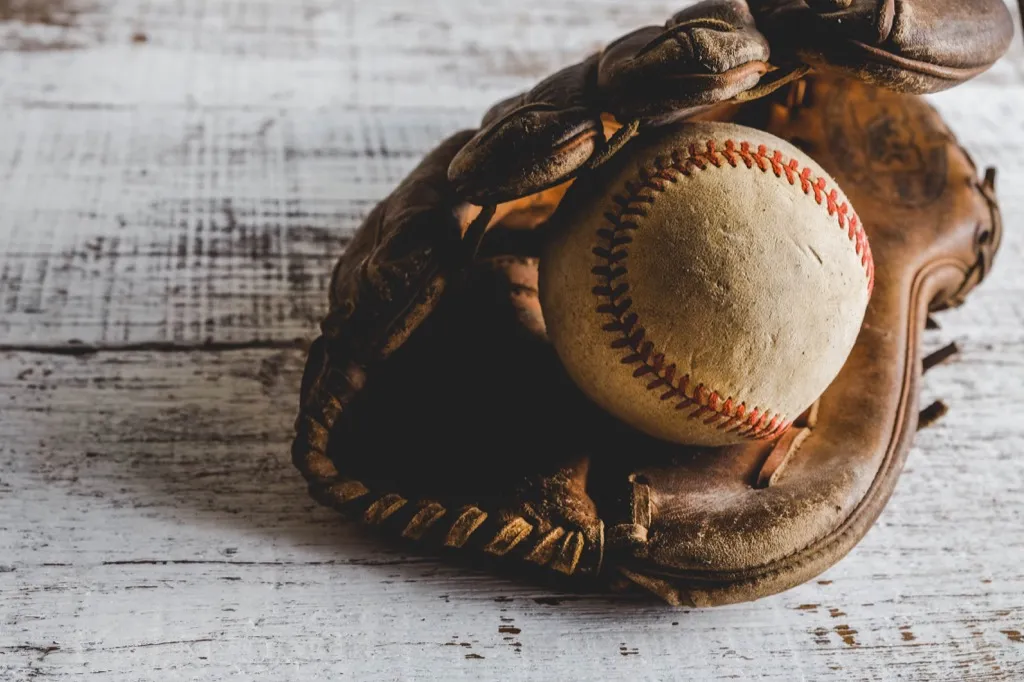
The first recorded baseball game may have been played in Hoboken, New Jersey in 1846, but the game and its rules were lifted from the U.K.
As writer Daniel Luzer explains, “According to an 1801 book by Joseph Strutt called The Sports and Pastimes of the People of England, baseball goes back to at least the 14th century and a game called stoolball, in which a batter stood before a stool and hit a ball thrown by a pitcher with a bat. If the ball hit the stool, the batter was out.”
6
Having Picnics
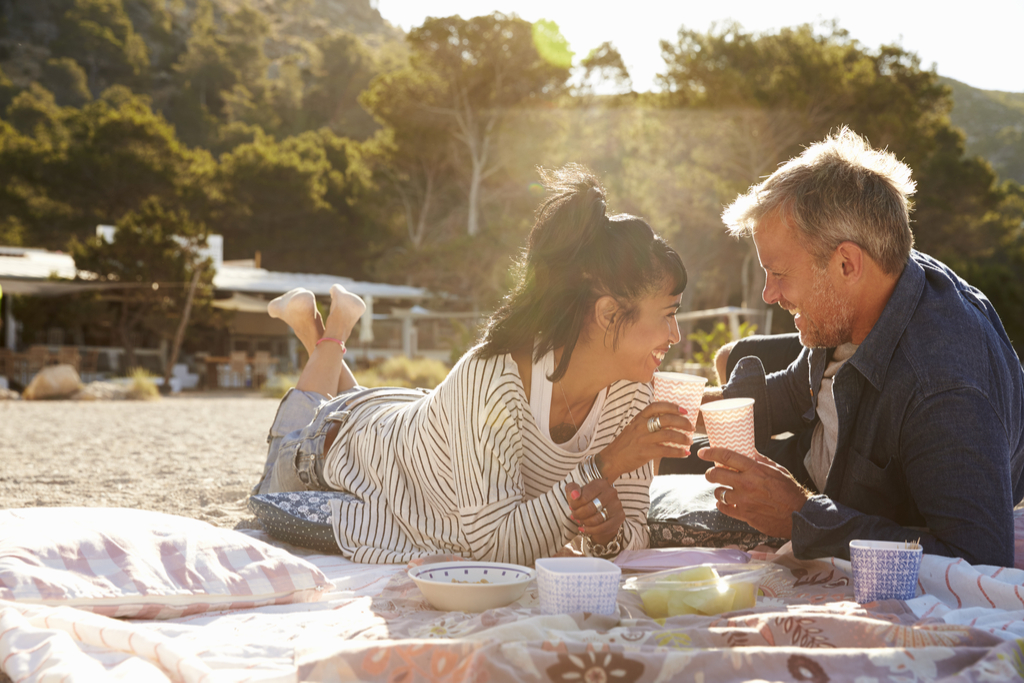
With summer upon us, many people pack up their baskets and head out to the park or some equally pleasant outdoor spot to enjoy snacks and fight off ants. But “picnic” actually comes from the French word “pique-nique,” referring to foodies of the 1600s who would bring their own wine when dining out—generally wealthier folks. While the term has come to mean a more casual sort, it’s still all about taking your food to go.
7
Having a BBQ
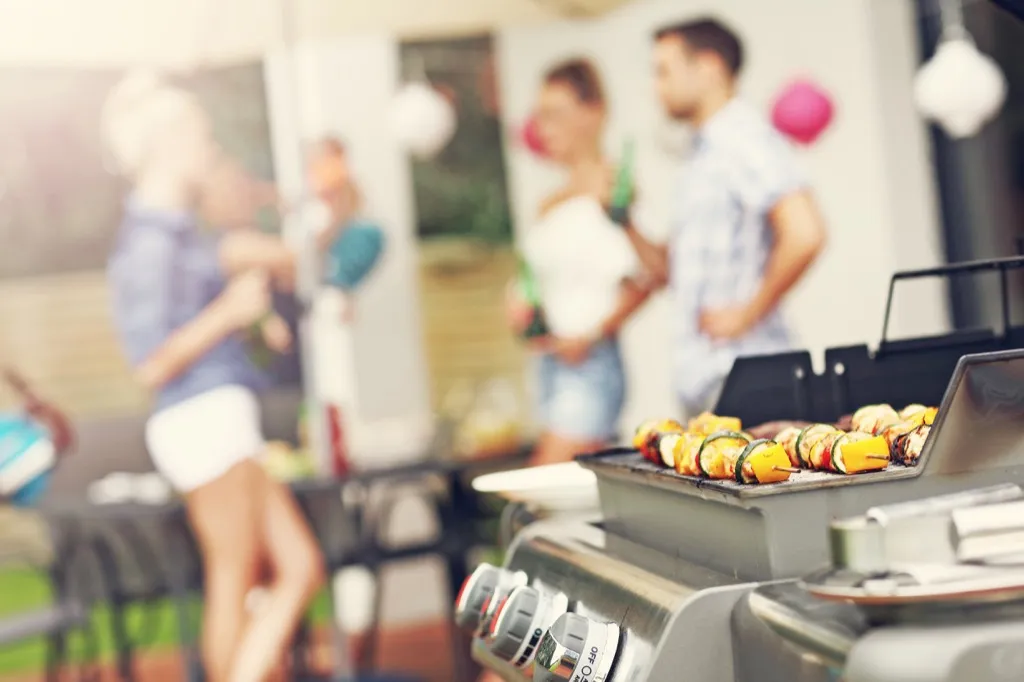
Speaking of outdoor eating, the practice of barbecuing began when the Spanish landed in the Caribbean, using the word barbacoa to describe the slow-cooking method of the locals in preparing their meats. Since pigs proliferated in the region, they soon became synonymous with the practice.
8
Shooting Fireworks
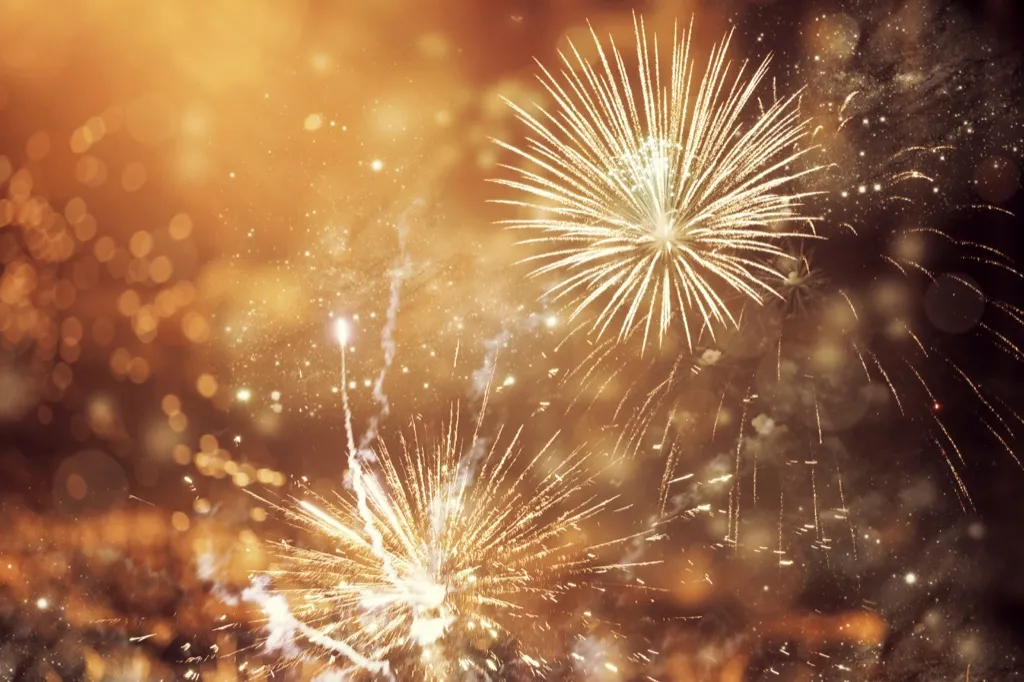
Another summer tradition, fireworks were actually originated in medieval China, during the Tang Dynasty of the 9th century (though obviously much cruder than anything we have today, these fireworks were popularly used in festivities and believed to expel evil spirits while ringing luck).
While American certainly did not invent the pyrotechnic treats, we were using them early in our history, with fireworks used to celebrate the very first Independence Day of 1777.
9
Having a Boy Scouts
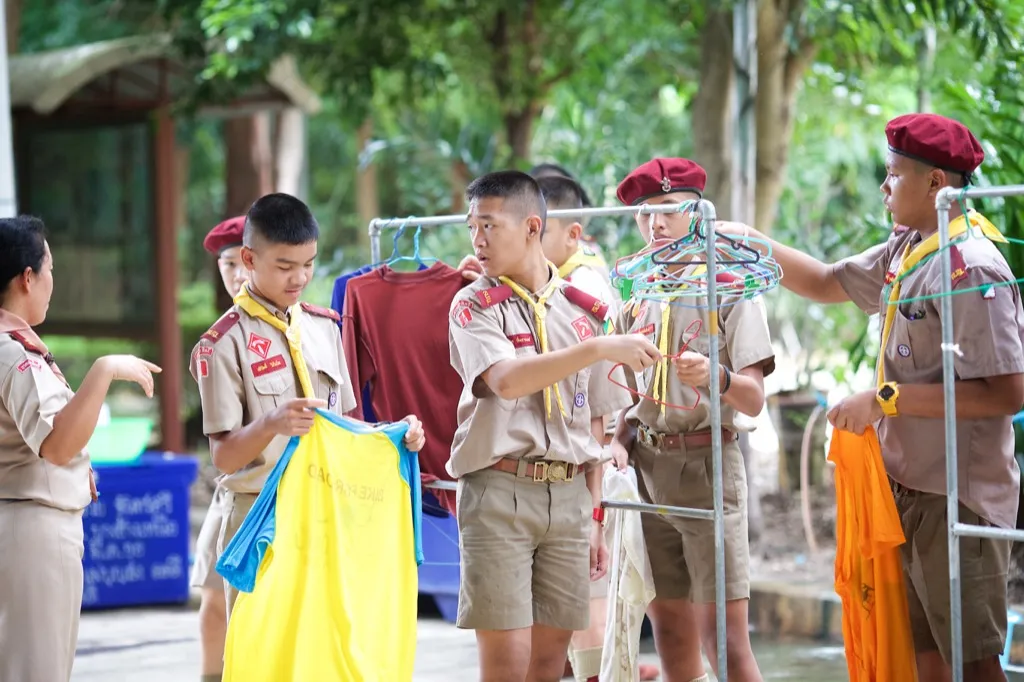
While the Boy Scouts of America has been showing a progressive streak lately by lifting its bans on girls and gays, it remains an organization that brings to mind old-fashioned Americana and Normal Rockwell paintings.
In fact, the concept was lifted wholesale from the British. Robert Baden-Powell had succeeded in bringing military discipline to British boys early in the 20th century and was happy to share his ideas with the world. Chicago publisher W.D. Boyce was happy to bring the idea to the U.S. and founded the BSA in 1909, following many of Powell’s teachings and programs verbatim.
10
Driving Cars

Americans love their cars, and when we think of the man who helped make them a mass-market phenomenon, the name Henry Ford likely comes to mind. But while Ford and his Model T can be credited with making automobiles something used by the masses, many European inventors beat him to it—including Carl Benz, Emile Levassor, Gottlieb Daimler, and Nicolaus Otto, to name a few.
11
Flag Waving
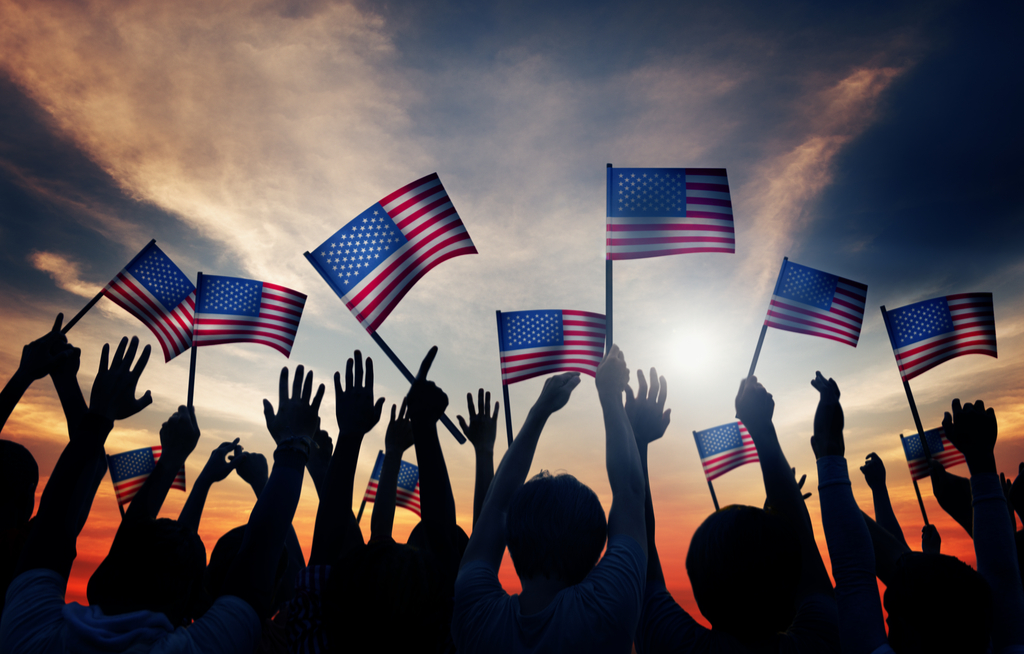
We may take our patriotic flag waving farther than many cultures, but we were hardly the first to do it. From knights carrying flags into battle to indicate which side they were on to those used to indicate one’s territory in medieval times, showing off one’s colors was around much longer than the United States.
12
Celebrating the Statue of Liberty
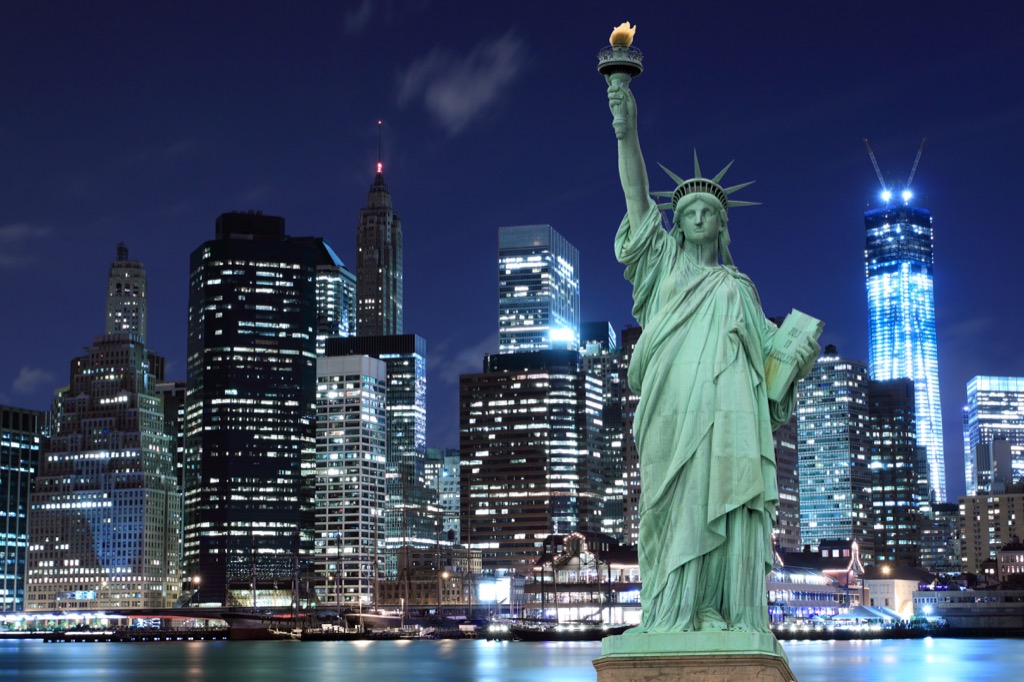
We know the statue, formally known as Liberty Enlightening the World, was a gift from the French (built by none other than Gustave Eiffel himself), but the idea itself was originally meant to go to Egypt, rather than the U.S.
Frederic Bartholdi, who designed the statue, first approached Isma’il Pasha, Khedive of Egypt about a statue for the northern entrance to the Suez Canal. Called Egypt Carrying the Light to Asia, it would be a massive lighthouse in the form of an ancient Egyptian woman… Sound familiar?
13
Cowboys
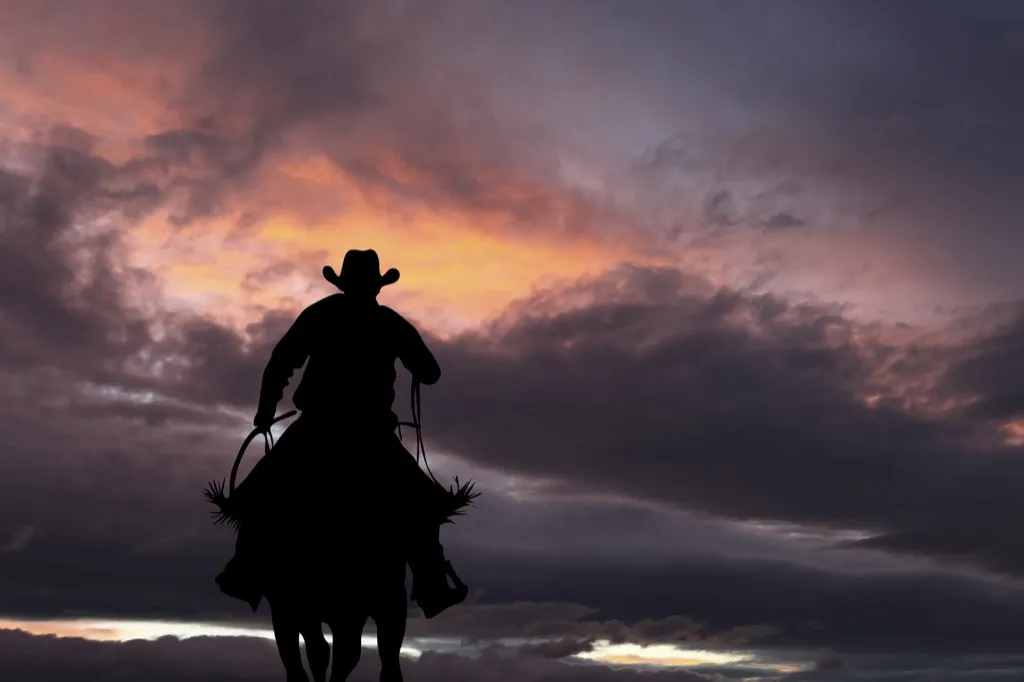
A gun-slinging, lasso-twirling cowboy may seem like the epitome of American masculinity, but the concept grew out of the Spanish tradition of the vaquero—most famously embodied by Cervantes classic, delusional hero Don Quixote. The Spanish conquistadores brought the cattle herding tradition to North America, and it made it’s way to the western U.S. from there.
14
Wearing Blue Jeans
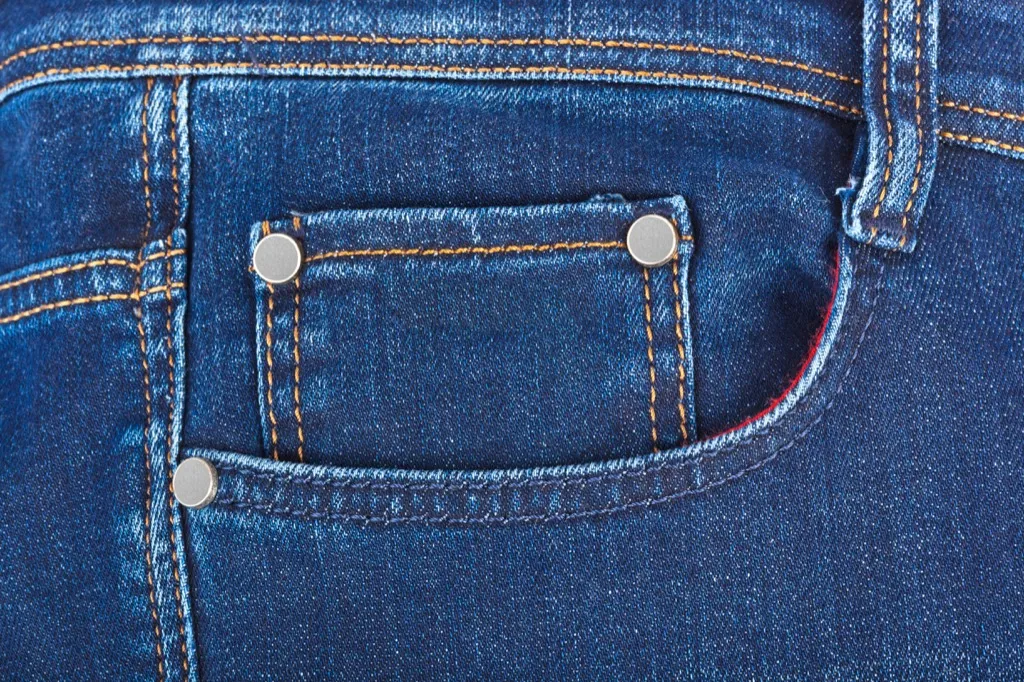
Denim is part of the all-American uniform, but the term was coined by a Swiss banker named Jean-Gabriel Eynard and his brother Jacques who provided local troops with uniforms cut from denim which they termed “bleu de Genes”—what would become Anglicized as “blue jeans.” Adding the rivets to make the denim pants sturdier was done in the U.S. by German immigrant Levi Strauss.
15
Watching Parades
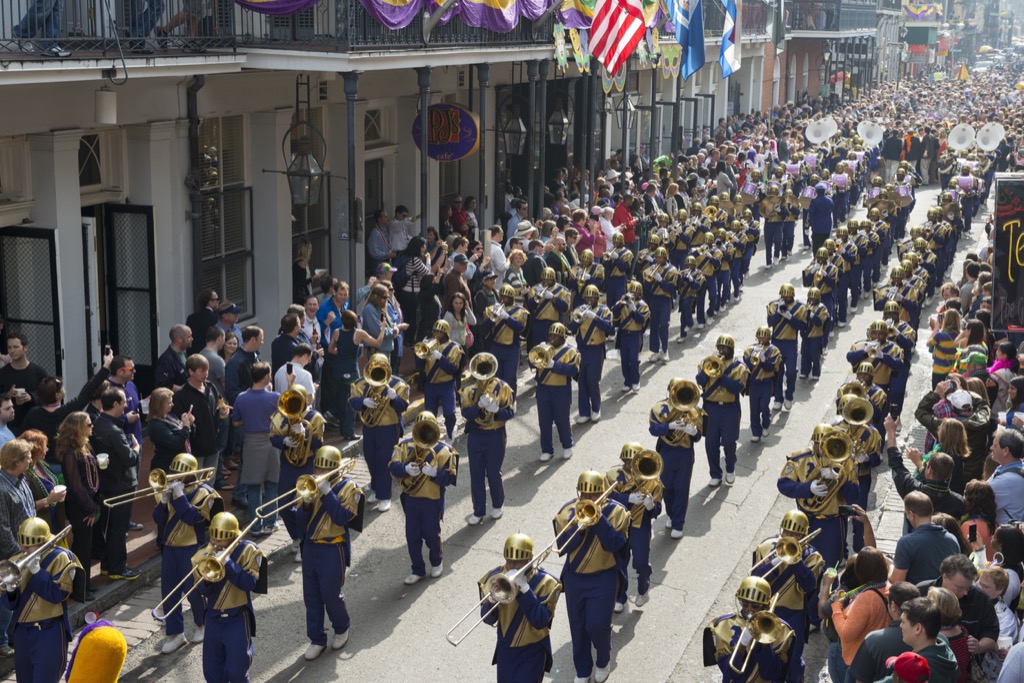
From the Macy’s Thanksgiving Day Parade to the St. Patrick’s Day Parade, we love heading out into the streets. But these street parties were adapted from European military marches as well as more celebratory festivals (when Louis Bamberger started the Macy’s parade, he cited the fact that many of his employees were European immigrants and were eager to adapt their tradition there to a U.S. celebration).
16
Practicing Yoga
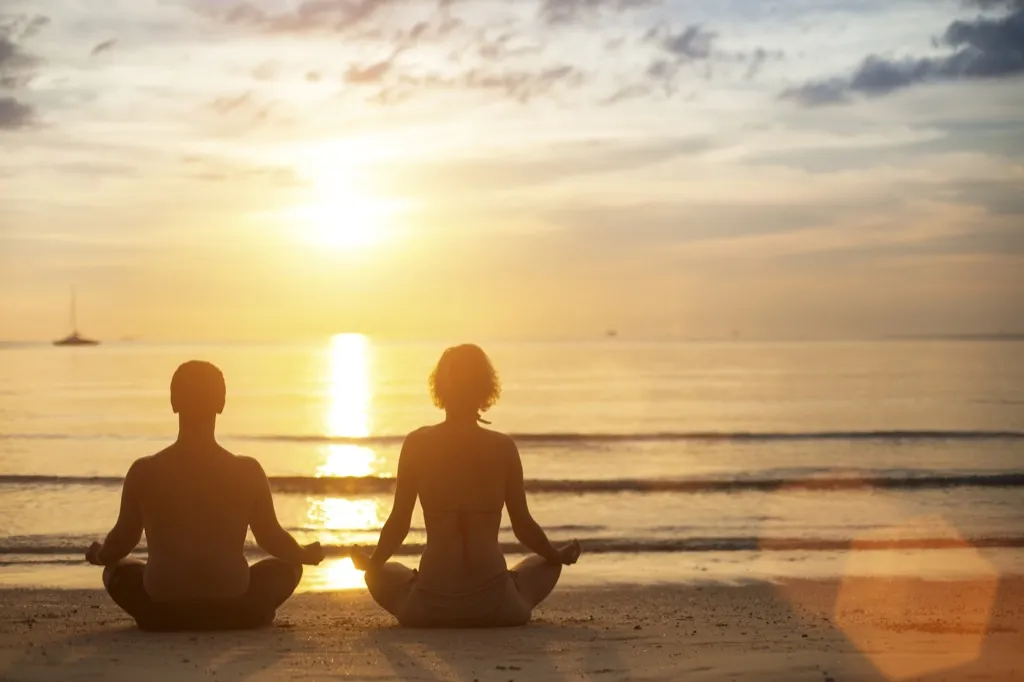
While upper classes in the U.S. have adopted yoga as their thing, it can be easy to let its modern Lululemon reputation hide the deep eastern traditions out of which it grows.
17
Running Marathons

While the U.S. may have taken marathon running to higher, more ridiculous levels with themed runs, corporate runs, and famed runs like the NYC Marathon, the original marathon grew from the legend of Philippides the Greek messenger, reputed to have run from the battlefield of Marathon to the city of Athens to announce that the Persians had been defeated—a distance estimated to take a bit more than 26 miles.
18
Sitting on Santa Claus’s Lap
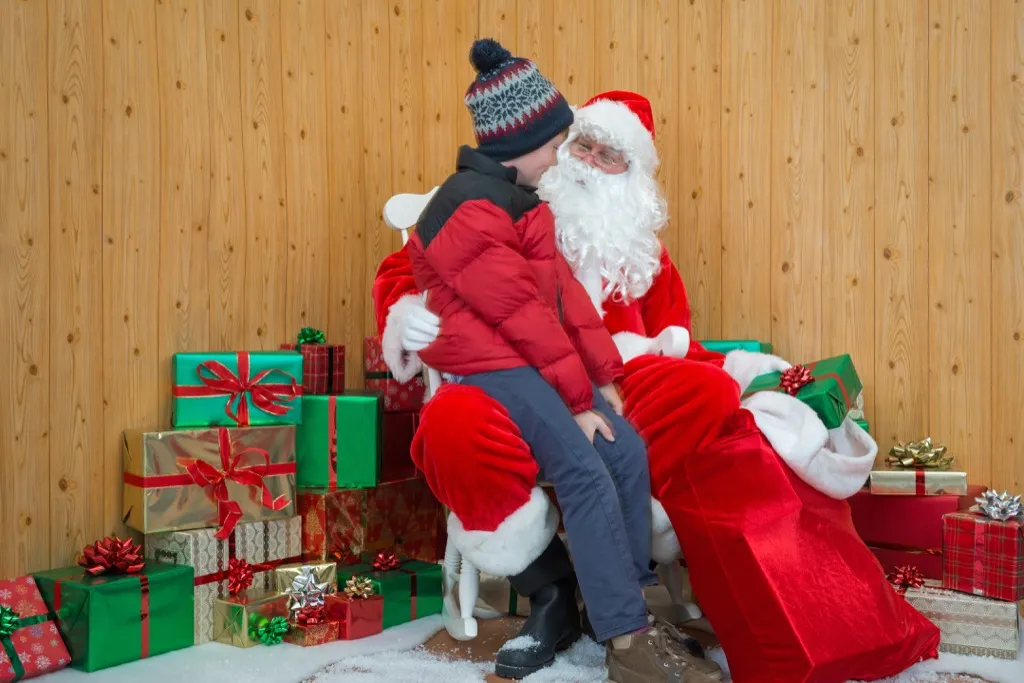
Americans certainly took Santa Claus and Christmas to the next level, making him fat, jolly, and the perfect soft drink spokesman. But the character himself is rooted in European tradition and figures like England’s St. Nicholas and France’s Pere Noel. We gave him our own commercialized twists and sold him back to Europe, but he was their invention to begin with.
19
Eating Doughnuts

Favorites of police officers and Homer Simpson, these delicious pastries were first devised by the Dutch. Originally called olykoeks (aka “oily cakes”), Dutch settlers brought them to New York during the 17th century.
In his satirical A History of New-York, Washington Irving makes special mention of them: “Sometimes the table was graced with immense apple-pies, or saucers full of preserved peaches and pears; but it was always sure to boast of an enormous dish of balls of sweetened dough, fried in hog’s fat, and called dough-nuts, or oly koeks: a delicious kind of cake, at present scarce known in this city, excepting in genuine Dutch families.”
20
Drinking Budweiser
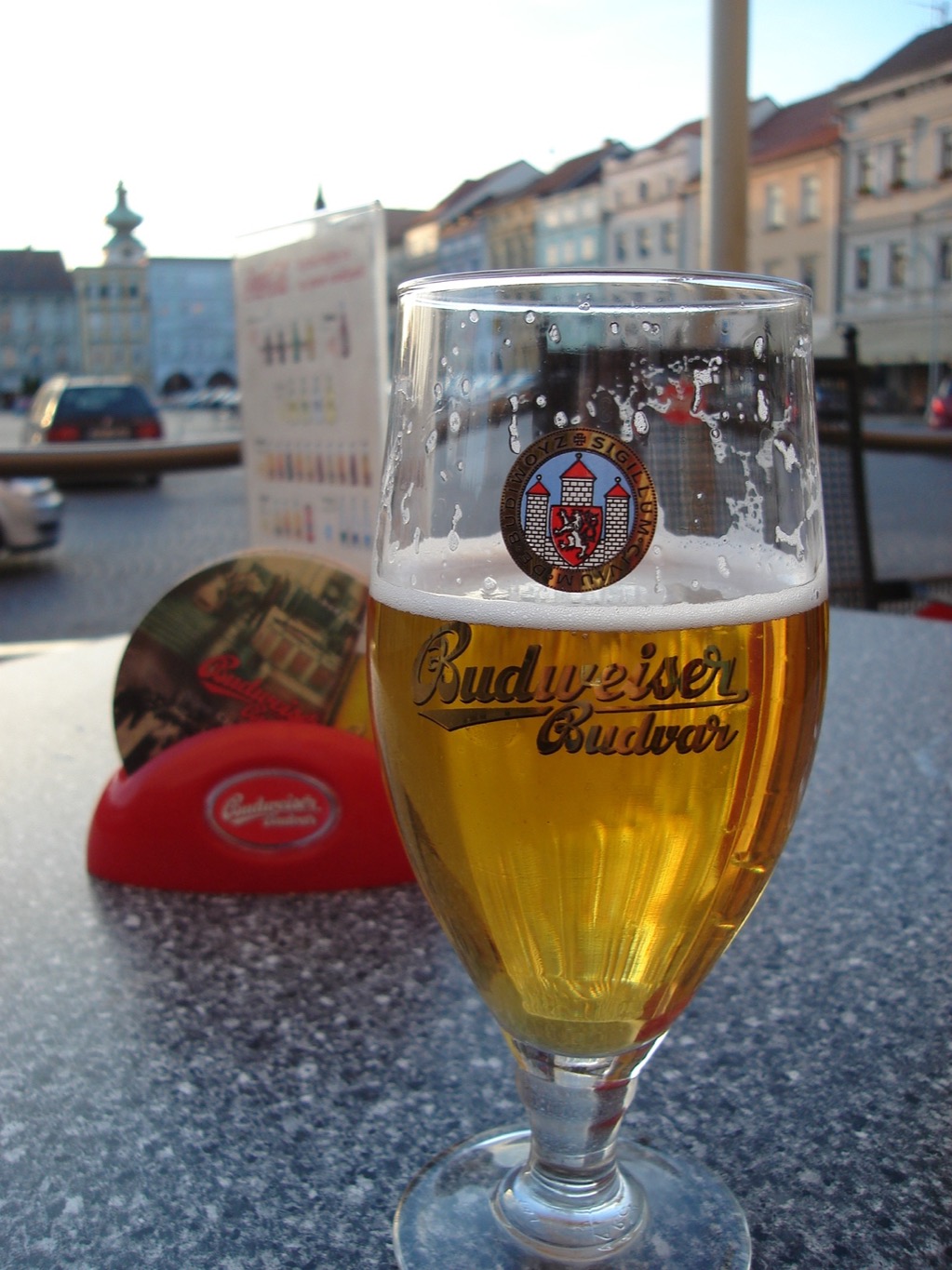
The most classically American beer on earth has Germanic roots. While it was brewed originally in St. Louis, it was done in the German style of brewing. The name itself is believed to have been used in the region of what is now the Czech Republic as early as the late 19th century. And for more on our favorite beers, check out The Best Craft Beer In Every U.S. State.
Image via Wikimedia Commons
To discover more amazing secrets about living your best life, click here to sign up for our FREE daily newsletter!